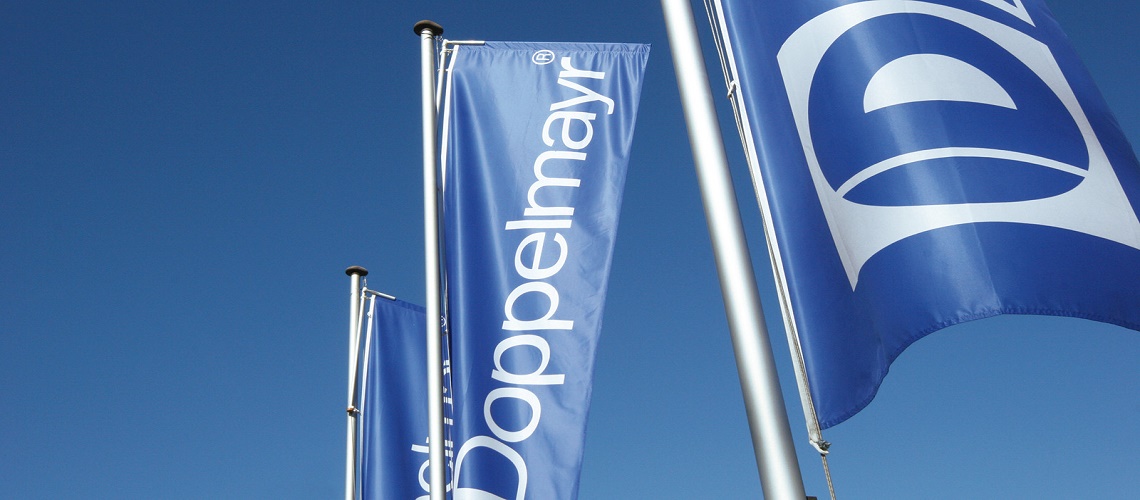Doppelmayr: 100 Million Passengers In La Paz

Mi Teleférico (Spanish pronunciation: [mi tele'feɾiko], English: My Cable Car), also known as Teleférico La Paz–El Alto (La Paz–El Alto Cable Car), is an aerial cable car urban transit system serving the La Paz–El Alto metropolitan area in Bolivia.[5] As of September 2017, the 17.3-kilometre-long (10.7 mi) system consists of 17 stations along five lines: Red, Yellow, Green, Blue, and Orange. The system was built by the Austrian company Doppelmayr Garaventa Group. Phase One, which consists of the Red, Yellow, and Green lines, opened in 2014. Phase Two will expand the system by an additional eight lines, starting with the Blue and Orange lines, which both opened in 2017.Two lines (Red and Yellow) connect the neighboring cities of La Paz and El Alto, which are separated by an elevation change of about 400 m (1,300 ft).
Upon the completion of the 10-kilometre (6.2 mi) Phase One in 2014, the system was considered to be the longest aerial cable car system in the world. Based on its master plan, the completed system is planned to reach a length of 33.8 km (21.0 mi) with 11 lines and 39 stations. While other urban transit cable cars like Medellín's Metrocable complement existing rapid transit systems, Mi Teleférico is the first urban transit network to use cable cars as the primary mode of transportation.
The system was planned in order to address a number of problems, including a precarious public transit system that could not cope with growing user demands, the high cost in time and money of traveling between La Paz and El Alto, chaotic traffic with its subsequent environmental and noise pollution, and a growing demand for gasoline and diesel fuel, which are subsidized by the state.














